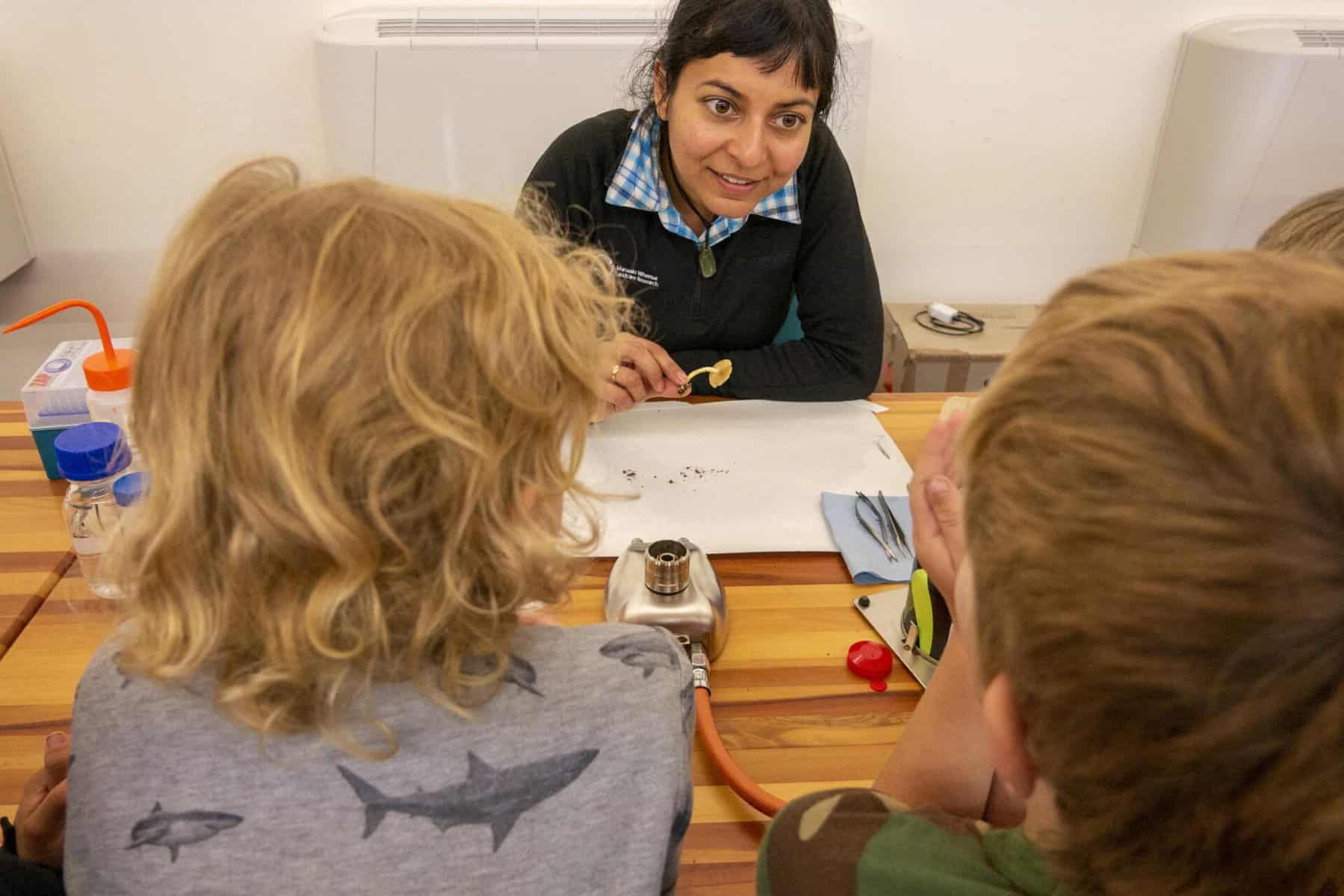
The project started, as many science projects do, with a knowledge gap. It was a gap that became apparent to a team of researchers conducting a pilot study through the State-Of-The-Art Surveillance programme in the Port of Tauranga – New Zealand’s busiest port.
“This is an area where there may be insects flying in from shipping containers,” says Manpreet. “We were trying a new approach for detecting insect biosecurity threats as they entered the country.”
The approach involved a specially designed trap to selectively attract flying insects; researchers then used DNA barcoding, which uses DNA sequences from a signature region of an organism’s genome, to identify individual species that had been trapped. To sort through and identify the DNA, the team started curating a reference database of local insects to help focus on species new to New Zealand.
It was then that they reached a knowledge gap.
“We realised that we don’t have enough New Zealand sequences to be able to make this kind of reference database.”
This gap inspired Manpreet and her colleagues to develop a business case for a national DNA sequence library primarily for the purpose of identifying species. The proposed library would capture a wider range of species, including more uncharismatic organisms such as invertebrates.
Having this data will support informed biosecurity decisions and deliver numerous other benefits. For example, specimens held in collections or museums necessarily have a lifespan. While curators do their best to maintain the environment around a specimen, all carbon-based beings will eventually deteriorate.
“Creating a sequence attached to a specimen produces a more enduring resource,” says Manpreet.
Those are some of the science gaps that a DNA library would fill. But there are also important social, cultural, and ethical gaps that the team will be exploring. In the Aotearoa context, there are a lot of sensitivities around data, especially as it pertains to indigenous data sovereignty and Te Tiriti commitments.
“Based on the Wai262 flora and fauna claim, the data generated from any New Zealand species belongs to or should be controlled by tangata whenua,” says Manpreet.
In spite of this, the reality is that a lot of the sequences for New Zealand species are already housed in international open-source databases because of the way research has been conducted in the past.
“We have an opportunity to think about whether this is the right way of doing this kind of research in Aotearoa,” says Manpreet.
The team will be working out an ethical framework in collaboration with a group of national leaders in the field of holding data in a way that respects Te Tiriti commitments and maintains scientific value. Holden Hohaia (Ngāti Maru, Taranaki Whanui ki te Upoko o te Ika; Manaaki Whenua), who has been working with Manaaki Whenua’s nationally significant collections, will be leading this work.

“Holden has experience working with historically collected samples and how to create conversations around their value with the iwi from which they were collected, often without permission,” says Manpreet. “As co-lead of this project, Holden brings a wealth of experiences both from the scientific institution but also from leading claims conversations on behalf of his own iwi, Ngāti Maru.”
Manpreet is excited at the possibility that New Zealand could have a DNA library where data is managed in a way that respects Te Tiriti values while still providing scientific value to New Zealand end users.
“It will be interesting to see how these two seemingly opposing forces come together in a way that creates the right solution for Aotearoa,” says Manpreet.
Jenny Leonard
March 2023